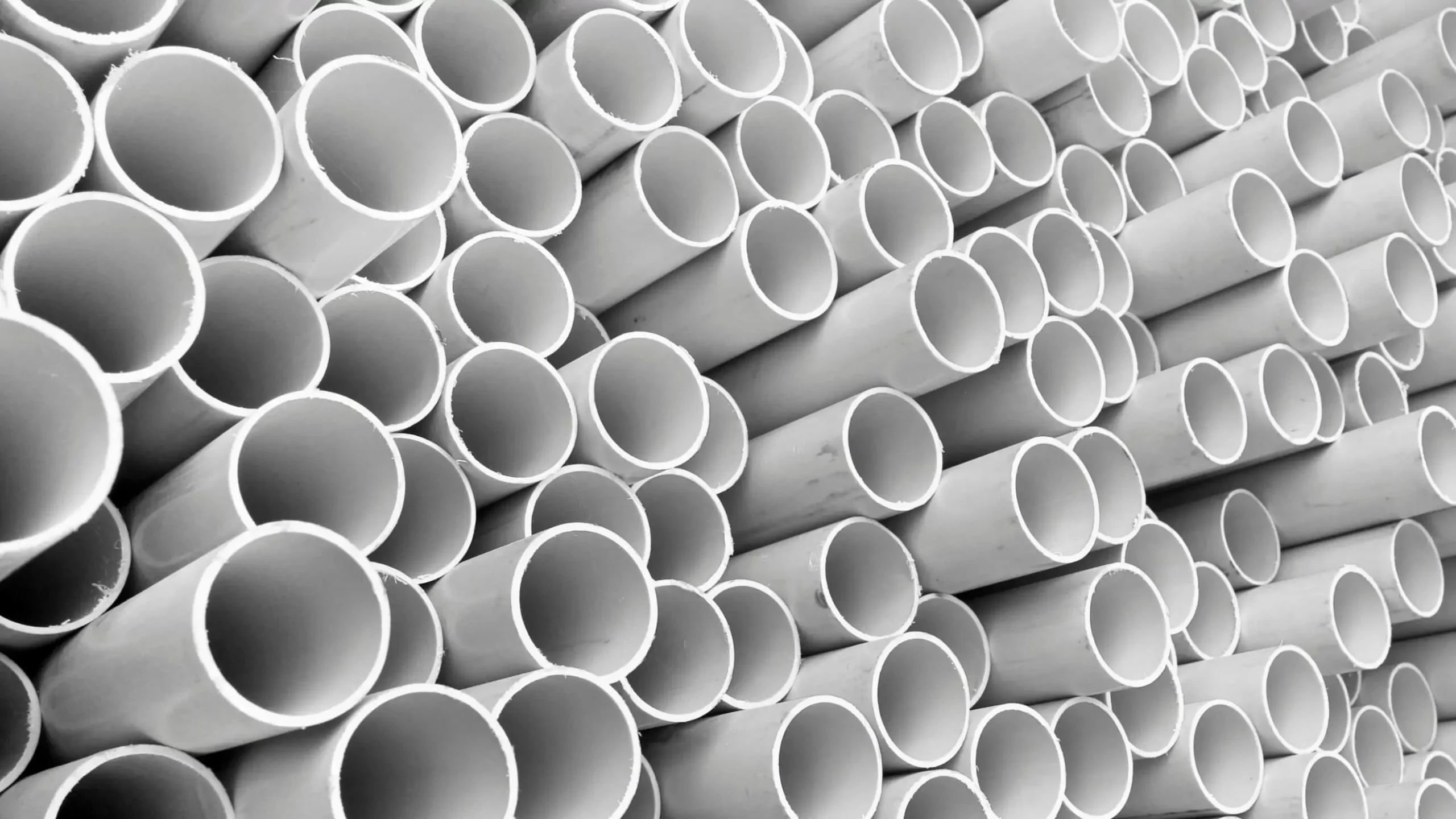In today’s world, safety is paramount in the design and construction of buildings and electrical systems. Among the materials that contribute significantly to safety standards is Polyvinyl Chloride (PVC). With its inherently fire-retardant properties, PVC has become a cornerstone in ensuring the safety and integrity of various structures and electrical installations. In this article, we explore the fire retardant properties of PVC and its crucial role in enhancing safety in building materials and electrical components.
Polyvinyl Chloride, commonly known as PVC, is a versatile thermoplastic polymer renowned for its durability, affordability, and ease of processing. Widely used in construction, automotive, healthcare, and electrical industries, PVC has earned a reputation for its exceptional performance in diverse applications.
One of the most significant advantages of PVC is its inherent fire retardant properties. PVC exhibits a high resistance to ignition and has a low flame spread rate, making it an ideal choice for applications where fire safety is a priority. Unlike some other materials, PVC does not readily support combustion, and it tends to self-extinguish when the flame source is removed.
In the construction industry, PVC plays a crucial role in enhancing safety standards. PVC pipes and fittings are widely used in plumbing systems due to their resistance to corrosion, high strength, and fire retardant properties. Additionally, PVC is a popular choice for electrical conduits and insulation due to its excellent electrical insulation properties and fire resistance, minimizing the risk of electrical fires.
The fire retardant properties of PVC are particularly valuable in the manufacturing of electrical components. PVC insulation and sheathing for wires and cables provide reliable protection against electrical hazards and fire outbreaks. Moreover, PVC’s ability to withstand high temperatures without releasing toxic gases makes it an ideal material for electrical enclosures, switchgear, and junction boxes.
PVC products designed for use in building materials and electrical components are subject to stringent regulatory standards to ensure their fire safety performance. These standards, set by organizations such as the National Fire Protection Association (NFPA) and Underwriters Laboratories (UL), dictate the fire resistance, flame spread characteristics, and smoke emission limits for PVC materials used in construction and electrical applications.
Advancements in PVC formulation and manufacturing processes continue to drive improvements in fire retardant properties. Manufacturers are developing innovative additives and modifiers to further enhance PVC’s resistance to fire, heat, and smoke, ensuring even greater safety in building materials and electrical components.
In conclusion, the fire retardant properties of PVC are instrumental in enhancing safety standards in building materials and electrical components. Its inherent resistance to ignition, low flame spread rate, and minimal smoke emission make PVC a preferred choice for applications where fire safety is paramount. With ongoing innovations and adherence to rigorous regulatory standards, PVC remains a reliable and indispensable material in ensuring the safety and integrity of modern structures and electrical systems.
Only the best quality PVC you could find in Sinotec products range. For those seeking the highest quality PVC products, Sinotec offers a comprehensive range that meets stringent safety and performance standards.
